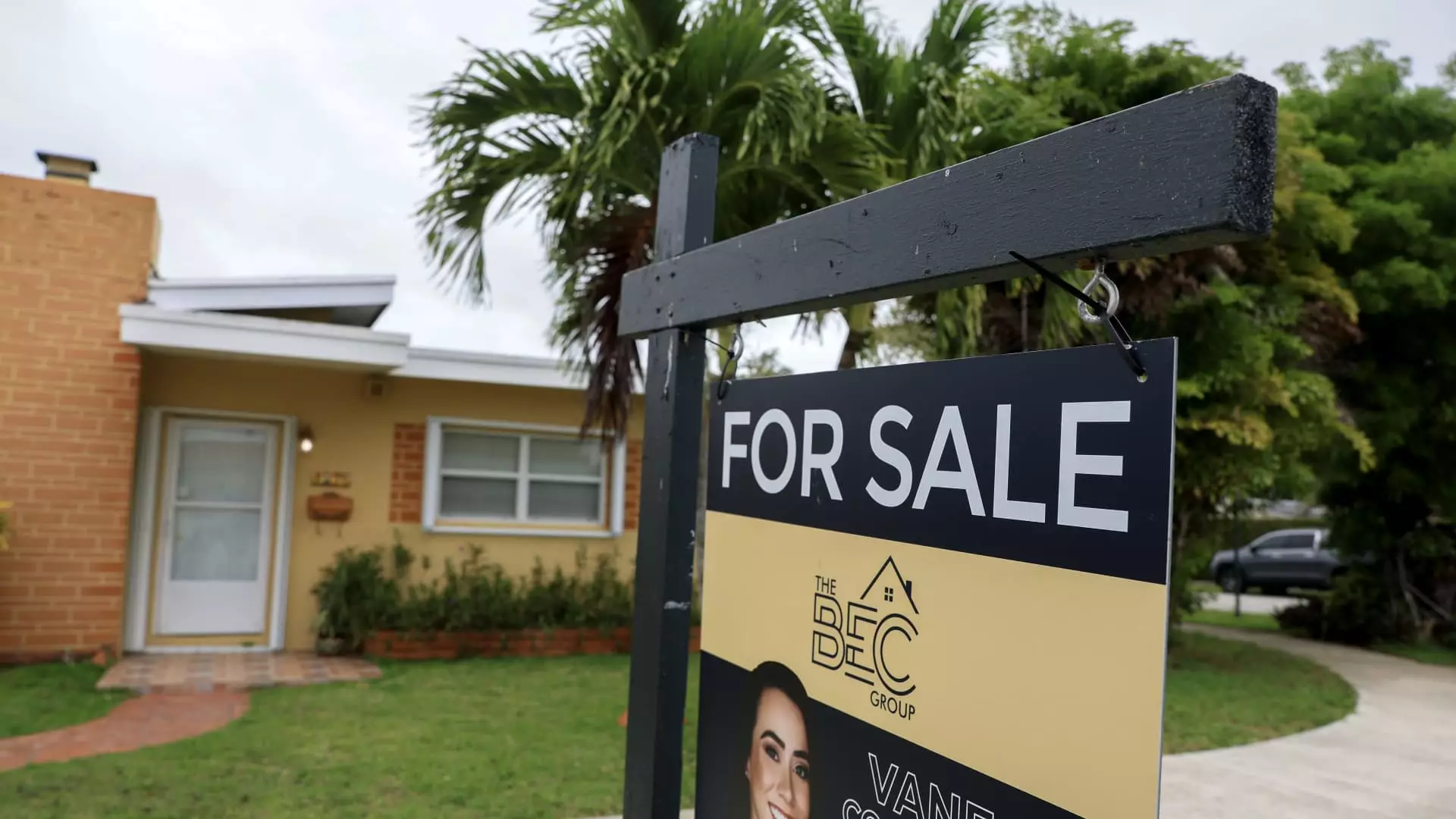As mortgage rates subtly dipped last week, the much-anticipated surge in mortgage demand remained conspicuously absent. According to the Mortgage Bankers Association, total mortgage application volume fell by 3.9%. This paradox reflects not just the intertwined fate of interest rates and home purchase intentions but also the larger malaise gripping the housing market. The average contract interest rate for 30-year fixed mortgages modestly decreased from 6.98% to 6.92%. One would expect such a drop to stimulate activity, but the reality is far more disheartening: a clear disconnect exists between lowered rates and the willingness of potential borrowers to jump into the market.
Refinance Activity Stalls Amid Caution
The dynamics around refinancing provide another poignant example of this stagnation. The common wisdom has always suggested that lower rates should trigger refinancing booms. However, as Joel Kan, an MBA economist, pointed out, refinance applications have plummeted by 4% and are nowhere near the vibrant levels seen a year ago. It all boils down to one simple truth: potential borrowers are playing a game of chicken with rates; they’re waiting for more significant drops before committing. This cautious sentiment emphasizes an overall distrust in the market’s stability, keeping many financially secure individuals on the sidelines.
Spring Fever? More Like Spring Freeze
Spring is traditionally recognized as a harbinger of real estate activity, carrying whispers of newfound hope and fresh starts. Yet, this season appears disappointingly lackluster. While it’s true that mortgage applications for home purchases saw an uptick of 18% compared to the same week last year, a 4% decline in the preceding week indicates a larger trend rather than a blip. In fact, active listings have surged to their highest levels in five years, paving the way for what should be a bustling season. But instead, we’re met with a chilling slowdown in sales that starkly contrasts with what is ostensibly increased supply. The contradiction is stark: more homes should translate to more sales, but reality suggests the opposite.
A System on the Brink
The current state of the mortgage market shines a light on systemic issues that extend beyond interest rates and supply. There’s an underlying sense of anxiety, fueled by economic uncertainties and a highly fractured political climate. The results are evident: buyers are hesitant, worries over ongoing inflation hover like a storm cloud, and the American dream of homeownership feels increasingly out of reach for many.
It is fundamental to recognize that while temporary fixes like lowering rates might offer fleeting relief, they do not address the underlying challenges facing potential homebuyers and our economy. The real conversation should focus on sustainable solutions that roots out inequality in housing access and strengthens the foundation of our economic system, rather than merely providing a quick-fix bandage to an ailing market.
In this environment, where even small shifts in rates barely manage to move the needle, it begs the question: is this a brief lull or a warning siren about what’s to come in our housing market? The truth is unsettling, and the need for a comprehensive reevaluation of our approach to housing policy has never seemed more urgent.

